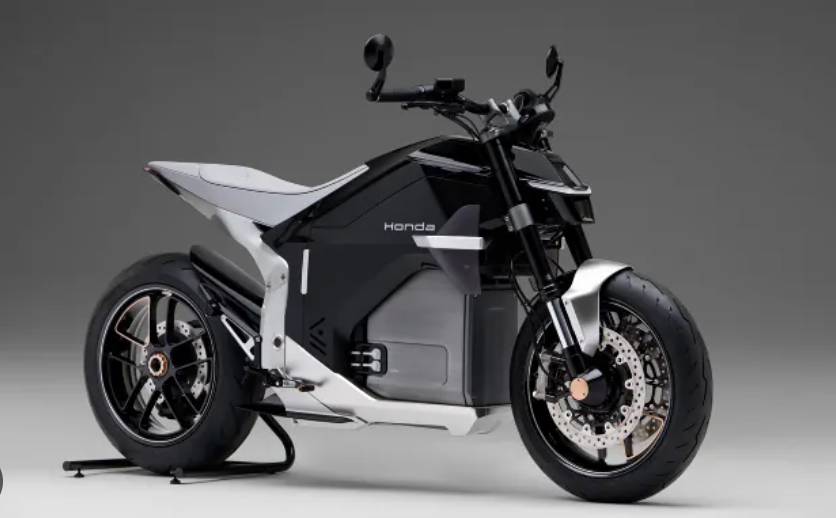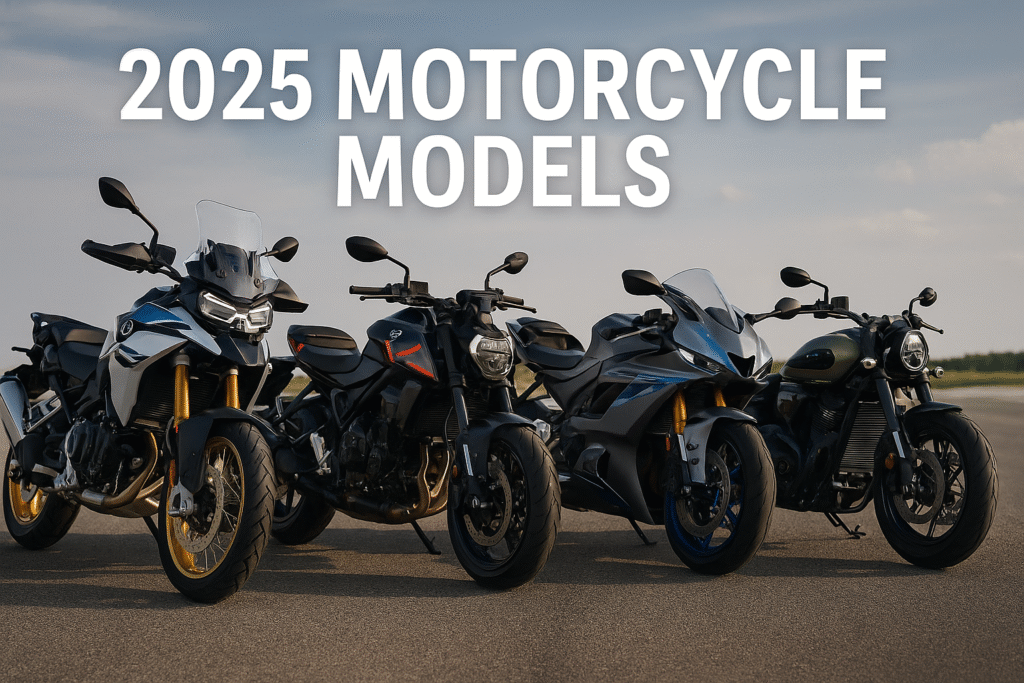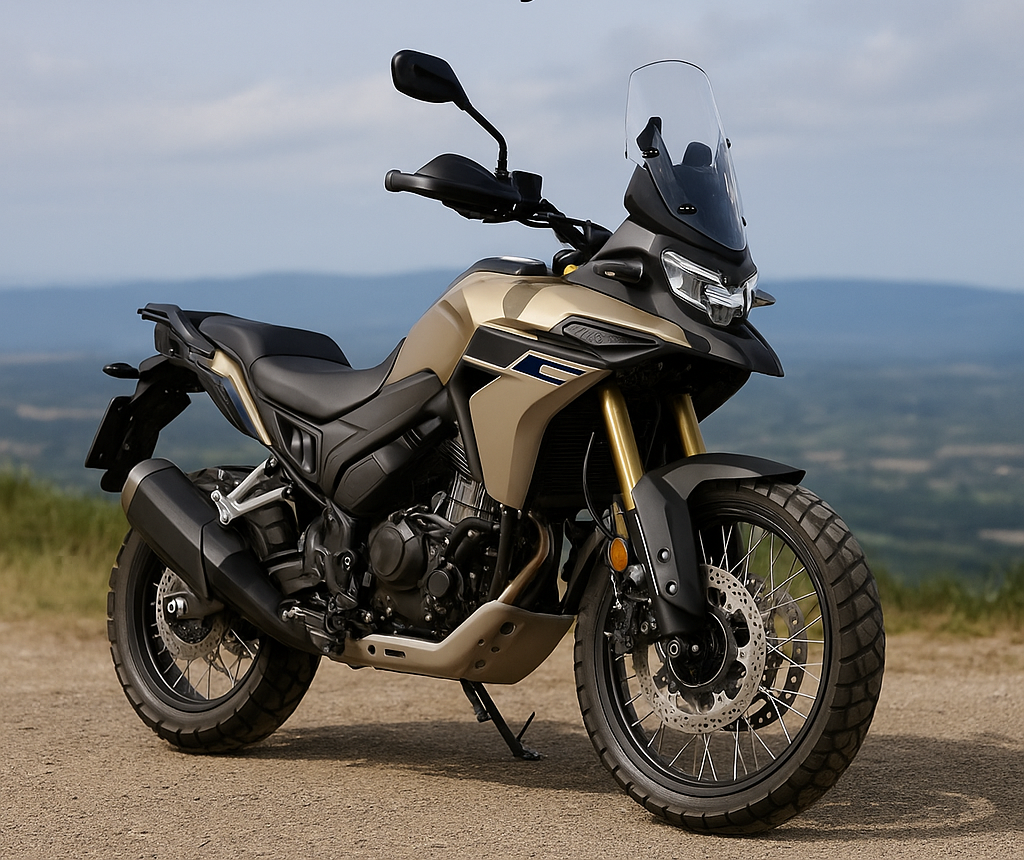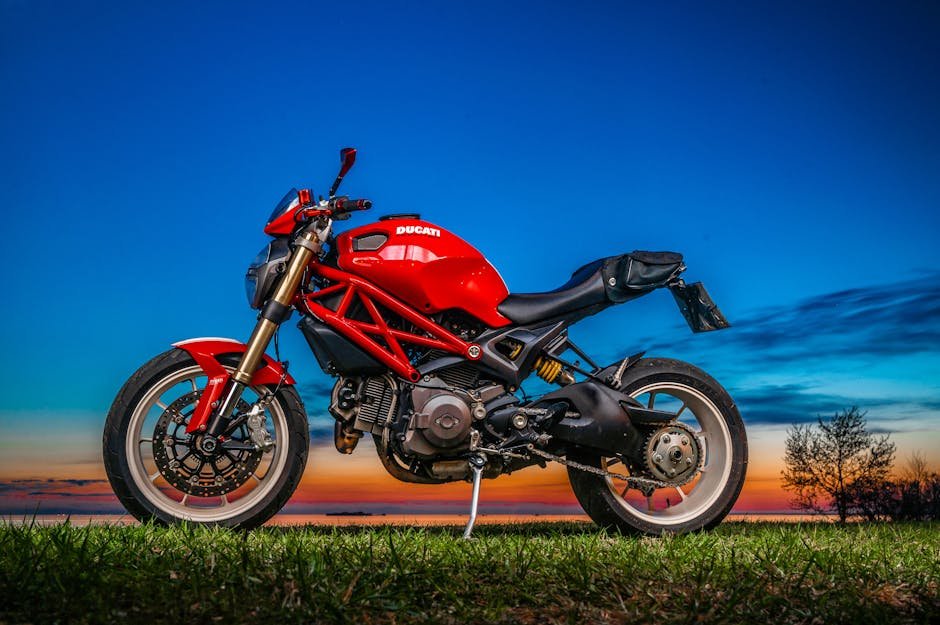Table of Contents
The future is electric – even for a company as storied as Honda, known for its petrol-powered motorcycles. But now, the Honda Electric Motorcycle marks a major shift, Honda has been teasing an electric motorcycle concept that hints at a production model hitting showrooms as soon as 2025. For those of us who love bikes, this is big news. It means Honda is gearing up to add electrons to its fuel formula and bring some of that legendary Honda engineering to the EV world. Let’s break down what we know so far, and what it could mean for riders.
A Glimpse at Honda’s EV Concepts
The closing of EICMA in late 2024 (the big annual Milan motorcycle exposition where manufacturers often reveal new models and prototypes), found Honda amid the exhibitors, the hood of the curtain being pulled back on two electric concepts: the EV Fun Concept and the EV Urban Concept! These futuristic designs hint at the direction of the upcoming Honda Electric Motorcycle lineup.
EV Fun Concept: This is the one getting the most buzz. Honda describes it as their first electric sports model, roughly equivalent in performance to a mid-sized naked motorcycle (think in the ballpark of a 300-500cc gas bike, but that’s just an estimate). Its design channels the CB500F’s spirit with a futuristic edge — a glimpse of the Honda Electric Motorcycle we’ll soon see on the streets. Notably, it features a fixed battery (as opposed to swappable batteries some scooters use) and Honda said this concept is scheduled to go on sale in 2025. In other words, this concept is very likely to become a real bike soon.The EV Fun has some cool tech going on:
It reportedly has around a 62-mile range on a charge. That’s not massive, but for an urban/commuter bike, it’s workable. And remember, concept range can sometimes be conservative or based on certain test conditions.
Honda’s using a CCS2 charging connector on it, meaning it can fast-charge at standard EV charging stations – very convenient. They’re aiming to make recharging as quick and painless as possible.
What it brings in terms of design, the solution is a single-sided swing (showing the wheel on the other side, very sly) and a front that has a horizontal LED light bar that makes it a unique design.
This frame has good-quality parts: an inverted fork, radial-mount brakes, and it’s presumably a light frame. They are manifestly making this model with the idea of performance and handling, not just being a scooter in clothes of a motorcycle.
EV Urban Concept: This one is more of a scooter-like design, aimed at city mobility. It’s a reflection of Honda’s vision for urban transport – likely a step-through scooter with connectivity features and maybe a swappable battery pack for convenience. Honda hasn’t given a ton of detail on this yet, and it sounds like it’s a bit further off than the EV Fun. But it shows that Honda is planning a range of EV two-wheelers to cover different needs.
Through the demonstration of both vehicles, Honda says; “look at us, beyond 2025, we`re not just going to add more electric fun rides but we`ll also add daily commuting solutions to our lineup as well.”
From Concept to Reality: 2025 Production Plans
Now, seeing concepts is one thing – we’ve all drooled over cool prototypes that never made it to production. Honda has confirmed that at least one of these concepts — most likely the EV Fun — will evolve into a production Honda Electric Motorcycle by the end of 2025. They even stated at their press briefing that they expect a full production version in showrooms before the end of 2025.
This means we’re likely a year or less away from seeing a Honda electric motorcycle you can actually buy. That’s pretty exciting, considering a major player like Honda entering the EV fray will likely accelerate the whole industry’s push (Honda doesn’t do things half-heartedly – if they’re in, they’re all in).
Expected specs for the Honda Electric Motorcycle:
Performance: If it’s indeed like a mid-sized bike, we might expect something like a top speed around 75-100 mph (so it can do highway, but maybe not as fast as a 600cc sportbike). Acceleration could be very punchy (electric motors have instant torque, so 0-30 mph might be really quick, great for city riding).
Range: Possibly Honda will try to get it to around 100 miles of range in the final version to ease buyer concerns. They might offer various modes (eco mode to stretch range, sport mode for full power).
Battery Tech: The fixed battery suggests a larger, more energy-dense unit than the swappable ones used in smaller EV scooters. Honda might incorporate active cooling or at least good thermal management so that performance doesn’t drop off as the battery gets warm from spirited riding.
Charging: This is likely a Level 2 charging point (home charging in a few hours) as well as DC fast charging capabilities to get to 80% charge in maybe 30 minutes or so at a public station. That would be practical for both rides of long-distance or quick top-ups while addressing the most pressing concern of all EVs.
In terms of naming, Honda could slot this bike into an existing family (maybe call it something like “CB e-something” or revive an old name with an “E” – who knows, maybe an “Electric Hawk” as a nod to the 1980s Honda Hawks?). Or they may start a new nomenclature altogether.
Honda’s Electric Vision and Challenges
Honda’s stepping into this arena carefully but confidently. The Honda Electric Motorcycle is part of a larger strategy: for instance, aiming for 30 new electric two-wheeler models globally by 2030, and carbon neutrality for their bikes in the 2040s. That’s huge – it means the EV Fun concept is just the tip of the iceberg. We could see electric Rebels, electric off-road bikes, maybe even an electric Gold Wing (!) in the future.
However, Honda also knows the challenges:
Weight: Batteries are heavy. It is possible that instead of the rest of the bike, the motorcycle pack alone might have to add the weight of the additional battery to achieve proper mileage. The option of advanced materials and the compact design of the bike might mean that such a problem won’t arise from Honda’s engineering. The concept pictures suggest that the EV Fun has a quite hefty core section (where the battery is embedded), but due to the single-sided swingarm, the visual mass is reduced.
Cost: Innovative eccentric people must put more in the top vector. The price of electric bikes is significant, and Honda is going to have to walk a fine line of making it affordable to buyers while at the same time including high-quality components. With Honda’s power in the market, they could possibly sell it for less (like higher-end 500cc bikes or lower-end 650cc bikes).
Market acceptance: Many riders are hesitant about EV motorcycles due to range anxiety and the emotional factor (sound and feel of an engine). Honda might mitigate the sensory loss by emphasizing other fun aspects – like the cool futuristic sounds the bike does make (imagine a turbine-like whir), and the lack of vibration which actually means long rides with less fatigue. They could also incorporate tech to appeal to younger, tech-savvy riders (like advanced displays, integrations with smartphones for ride tracking, maybe even rider-assist features like radar cruise eventually).
Interestingly, Honda has dabbled in electrics before on a small scale (electric scooters in Asia, the mini MotoCOMPO-style scooter, etc.), but this will be their first motorcycle for mainstream markets.
What It Means for Riders
As casual motorcycle enthusiasts, we’re witnessing a turning point. A company like Honda entering the scene means:
Credibility: Electric motorcycle credibility will increase. You wouldn’t think it, but it’s not just boutique makers or start-ups; the large players have it too. So, this frequently leads to the situation where we get better support for charging networks and, perhaps, governmental help (like, for example, tax rebates) which will make e-bikes more accepted as they become a normal means of transport.A Honda Electric Motorcycle will validate EV performance for everyday riders and likely boost infrastructure growth for charging networks.
More Options: You might be riding a gas bike now (and no one’s taking that away – gas bikes will be around a long time), but in a couple of years when you consider a new purchase, you could genuinely cross-shop an electric Honda. For example, if you want a zippy commuter or a bike for short fun rides, an electric could fit the bill and save on gas and maintenance costs (no oil changes, fewer moving parts).
Riding Experience: Test riding one of these when they come out will be key. Many riders who try EV bikes come away impressed by the instantaneous torque and the novel experience of near-silent riding – it’s a different kind of thrill. Imagine hearing just the wind and the road, and maybe your own cackles, without engine noise. Some love it, some miss the engine sound – it’s personal preference.But having Honda in the game means you’ll likely get to try one at your local dealer, with Honda’s well-sorted user interface and reliability backing it.The Honda Electric Motorcycle will deliver smooth, fatigue-free rides while retaining that signature Honda reliability.
Honda is pretty tight-lipped about exact specs and what the final production model will be called or look like, but since they’re teasing it so openly, expect a reveal possibly by mid-2025 (maybe at a motorcycle show or their own event). There’s also buzz that they could show something at the Consumer Electronics Show (CES), as manufacturers sometimes like to introduce EVs in tech venues.
Charging Toward 2025
To sum it all up, Honda’s electric bike is the future: the company is gathering momentum on its way to the electric age. For a company that has built its name on burning gasoline (from Super Cub single-cylinder to the roaring inline-fours of their sportbikes), it’s a big shift. But that’s Honda for you; they’ll probably do it in a way that keeps existing fans on board, and perhaps even bring them along for the ride.
So, does that mean, if you’re not an electric car enthusiast or your heart beats faster when you see the first one rolled out on the street, you’ll have to keep watching Honda over the next year? The first electric motorcycle they will provide may not take the place of your beloved gas engine steed; however, it might serve pretty well together as a separate entity.
Try this: getting on the electric bike for your Monday to Friday city commute (which is quiet, clean, and low-cost), and then pull the gas bike for the weekend canyon carving or road trips. A two-bike solution could be the end of the day result for many of us. Now, with the Honda Electric Motorcycle, it’s preparing for the next 50 years of innovation.
As 2025 approaches, the excitement builds. Honda’s playing the long game with electrification, and the EV Fun concept is our biggest clue yet at what’s coming. One thing’s for sure – the motorcycle landscape in the late 2020s will be more diverse than ever, and we’ll have choices our two-wheeling predecessors could only dream of. The future of motorcycling is coming, humming on battery power, and Honda is making sure it’s going to be a fun one.




